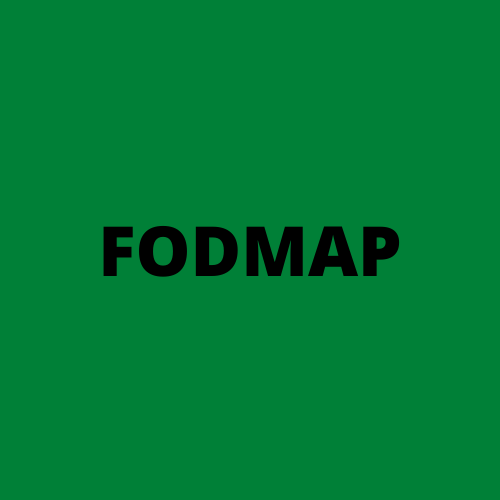
MILLET ALLERGY
Key Allergens
Although it is a cereal millets do not contain any of the proteins which are associated with coeliac disease, so is gluten free and can be eaten by people with this immune disorder.
Millet contain Lipid Transfer Proteins (LTP). These are panallergens with the potential to cause serious allergic reactions over large groups of seemingly unrelated foods.
Food Intolerances



Millet is a low FODMAP food. FODMAP stands for Fermentable oligosaccharides, disaccharides, monosaccharides and polyols. Foods high in FODMAPs can cause symptoms of food intolerance, affecting the gastro intestinal system and this can be mistaken for a true IgE food allergy.
Millets is low in salicylates. Salicylates have the potential to cause gastrointestinal food intolerance symptoms in people who are sensitive to salicylates.
Millet is low in lectins>, which can be another cause of food intolerance. Cooking foods with lectins makes them more digestible and can reduce the symptoms of food intolerance.
You can read more about Food Intolerances on the dedicated Food Intolerance Page.
Associated Syndromes
Millet pollen is associated with asthma, rhinconjunctivitis and hayfever (rhinitis).
Cross Reactivity
Other foods containing LTPs include kiwi, strawberries, sunflower seeds, walnut, apple, mulberry, banana, pea, apricot, cherry, plum, almond, peach pomegranate, raspberry, tomato, grape, celery, peanut, asparagus, cabbage, broccoli, chestnut, lemon, tangerine, orange, hazelnut, lettuce, lentils, lupin, green bean, pear, mustard, wheat and maize.
These food lists are not exhaustive, the most up to date information is on the Cross Reactivity Tool.
Resources
Websites
Allergen Encyclopedia - Millet
The Food Intolerance Dietician - Millet
AAAAI - Spelt, Millet and Wheat
Articles and Journals
Sorghum- and millet-induced anaphylaxis: A case report, 2024
Millet: A “Gluten-free” and “healthy” cereal with the potential to induce anaphylaxis, 2022
Severe anaphylaxis with emergent allergy to seeds, 2020
Food allergy to millet and cross-reactivity with rice, corn and other cereals, 2017
Food allergy to millet and cross-reactivity with rice, corn and other cereals, 2016
A study on development of Gluten free pasta and its biochemical and immunological validation, 2013
Immediate-Type Respiratory Allergy to Millet-Containing Seed Mixture of Bird Food, 2008